TV
‘Intentional’ New Year’s Eve TV blackout remains a mystery
A 51-year-old man was due to make a preliminary court appearance in Copenhagen on Friday to face charges that he purposely disrupted TV and internet provider YouSee’s signal on New Year’s Eve.
Published: 6 January 2017 11:14 CET
Updated: 6 January 2017 14:09 CET
Updated: 6 January 2017 14:09 CET

The blackout caused YouSee's 1.2 million customers to miss Queen Margrethe's New Year's Eve address to the nation. Photo: Keld Navntoft/Scanpix
The signal disruption caused more than a million Danes to miss Queen Margrethe’s annual address to the nation.
But less than an hour before the man’s scheduled court appearance, he was released.
“Copenhagen Police this morning received additional information in the case of the disruption of the TV signal on New Year’s Eve. The new information means that the suspect will be released since there is no current reason to request that he be held in custody,” a police press release said.
The YouSee case has been a major story in the Danish press for nearly a week. The company’s 1.2 million customers saw nothing but a black screen when they tuned in to the queen’s address and problems continued for a number of days.
Watching the queen's annual remarks is a major component of many Danes' New Year's Eve celebrations.
The cause of the disruption remains unknown but an internal investigation by YouSee owner TDC Group determined that the blackout was an “intentionally harmful act” and reported it to police.
Copenhagen Police said on Thursday that the 51-year-old Copenhagen man will be charged under paragraph 193 of the Danish Penal Code, which covers “disruption of television service”.
Although the man was released on Friday, police stressed that he still faces charges and that the investigation into the signal disruption would continue.
Police spokesman Jens Møller declined to tell broadcaster DR whether the man is a current or former YouSee employee. The man’s court appearance was scheduled to be held behind so-called ‘closed doors’, meaning much of the information will be withheld from the public.
Møller said, however that it was information from TDC that led to the suspect's release.
“Today we asked TDC Group to provide more information and after that was received we determined that there was not longer a reason to request [holding the man in] custody,” Møller said.
He added that the police were working with TDC and YouSee and that the case included “many things that need investigated that are incredibly technically complicated”.
Url copied to clipboard!

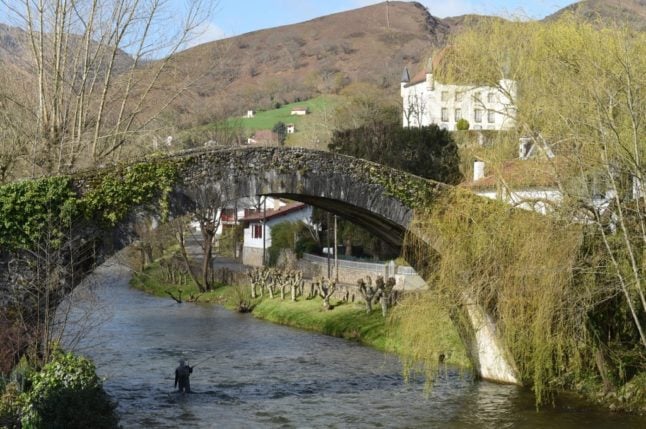
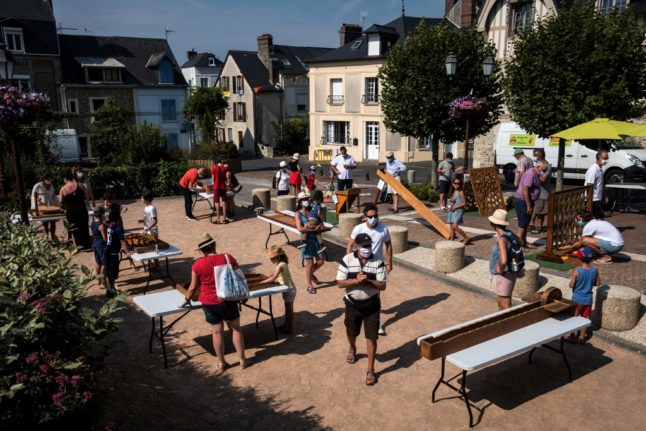
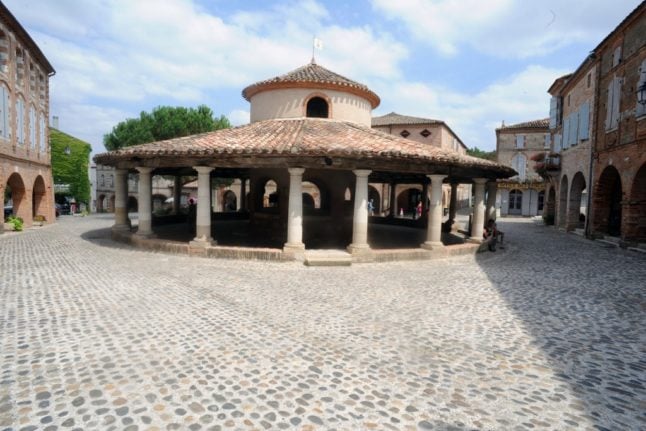
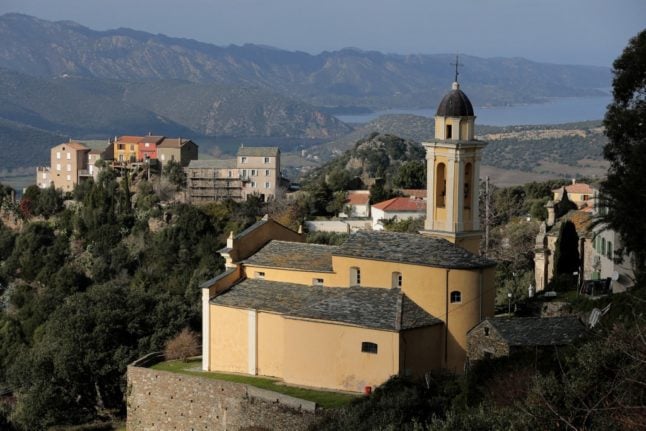
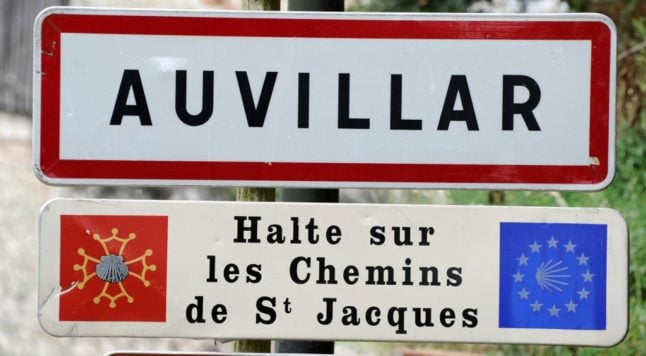
 Please whitelist us to continue reading.
Please whitelist us to continue reading.
Member comments